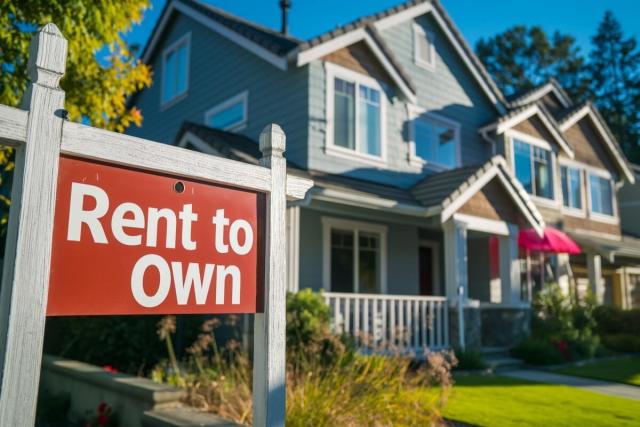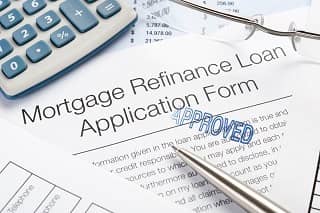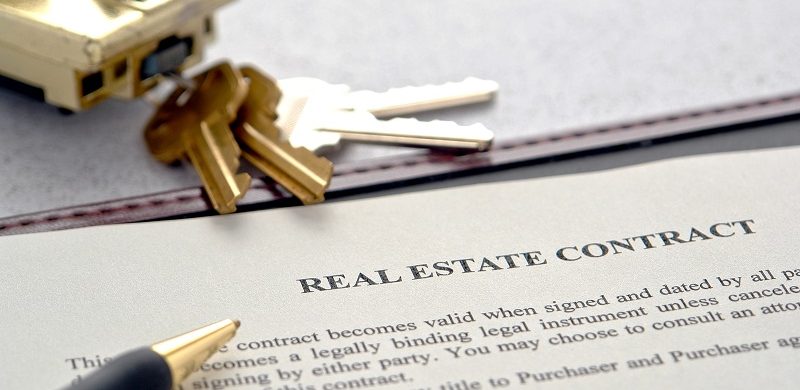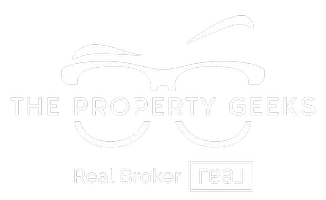Fannie Mae, Ginnie Mae & History of Mortgages
In today’s world, most people dream of owning their own home. However, the process of obtaining a mortgage and securing homeownership can be complex. Behind the scenes, there are two key players—Fannie Mae and Ginnie Mae—who help ensure that the housing market remains stable and accessible. These organizations have played crucial roles in shaping the modern mortgage system. But how did we get here? To understand their significance, we need to take a look at the history of mortgages in the U.S. and how Fannie Mae and Ginnie Mae came to be.
The History of Mortgages in the U.S.
Before the Great Depression, mortgages in the U.S. were quite different from what we know today. Homebuyers often had to make substantial down payments and take out short-term loans (usually 3 to 5 years). These conditions made homeownership a challenge for many Americans, especially during times of economic instability.
The Great Depression and the Creation of FHA (1930s)
The economic collapse of the 1930s led to widespread foreclosure and unemployment, resulting in a housing crisis. In response to this, the Federal Housing Administration (FHA) was established in 1934 to help Americans secure mortgages. The FHA insured loans, reducing the risk for lenders and making it easier for homebuyers to obtain financing. This was a pivotal moment that laid the foundation for the modern mortgage system.
The Birth of Fannie Mae (1938)
As the U.S. government looked for ways to further stabilize the housing market, Fannie Mae was created in 1938 as part of President Franklin D. Roosevelt’s New Deal. Officially known as the Federal National Mortgage Association, Fannie Mae was designed to provide liquidity to the housing market by purchasing mortgages from lenders. This allowed banks and other lenders to keep issuing loans, thus maintaining a steady flow of credit.
Fannie Mae was initially a government agency, but in 1968, it was transformed into a publicly traded company, which allowed it to raise funds from private investors. The goal was to make homeownership more accessible to middle-class Americans by ensuring that mortgage credit remained available, even during economic downturns.
The Role of Ginnie Mae (1968)
While Fannie Mae helped expand mortgage availability for conventional loans, there was still a need to support government-backed loans, such as those insured by the FHA or the Department of Veterans Affairs (VA). This led to the creation of Ginnie Mae (officially the Government National Mortgage Association) in 1968. Unlike Fannie Mae, which buys and sells mortgages, Ginnie Mae’s primary function is to guarantee mortgage-backed securities (MBS) that are backed by government-insured loans.
By guaranteeing these securities, Ginnie Mae helps ensure that lenders will continue to make government-backed loans available to the public, even during times of financial uncertainty. This has been particularly crucial for veterans and first-time homebuyers, who often rely on FHA and VA loans for lower down payments and more favorable terms.
Fannie Mae vs. Ginnie Mae: Key Differences
While Fannie Mae and Ginnie Mae both contribute to the stability of the mortgage market, they have different focuses:
-
Fannie Mae deals primarily with conventional loans, or loans that are not backed by the government. Fannie Mae buys these loans from lenders, then bundles them into mortgage-backed securities (MBS) that can be sold to investors.
-
Ginnie Mae, on the other hand, guarantees MBS backed by government-insured loans, such as those from the FHA and VA. It does not buy or sell mortgages, but its guarantee provides confidence to investors and lowers borrowing costs for homebuyers.
In short, Fannie Mae focuses on conventional loans, while Ginnie Mae focuses on government-backed loans.
Modern Impact of Fannie Mae and Ginnie Mae
Both Fannie Mae and Ginnie Mae continue to play critical roles in maintaining the health of the housing market.
Stabilizing the Housing Market
These organizations help provide liquidity to lenders by buying mortgages and guaranteeing MBS, ensuring that there is a steady flow of funds for home loans. This, in turn, helps keep mortgage rates relatively low, making homeownership more affordable for millions of Americans.
Controversies and Criticisms
Despite their positive impacts, Fannie Mae and Ginnie Mae have faced their share of controversy. During the 2008 financial crisis, both organizations were placed under government conservatorship due to their significant involvement in the subprime mortgage market. This sparked debates about their role in the housing crisis and whether they should be privatized or continue operating under government control.
Current Role in the Housing Market
Today, Fannie Mae and Ginnie Mae continue to operate under government oversight, though they remain integral to the functioning of the housing market. As the market fluctuates, these organizations help stabilize mortgage credit, especially during periods of economic uncertainty.
Conclusion
Fannie Mae and Ginnie Mae have been instrumental in making homeownership more accessible to millions of Americans. By buying and guaranteeing mortgages, these organizations help maintain the stability of the housing market and provide liquidity to lenders. Understanding their roles and history helps shed light on how the mortgage system works and how we arrived at today’s housing landscape.
Whether you’re a first-time homebuyer or a seasoned real estate investor, the contributions of Fannie Mae and Ginnie Mae continue to influence your ability to secure a mortgage and build equity in your home.
Categories
Recent Posts










GET MORE INFORMATION

